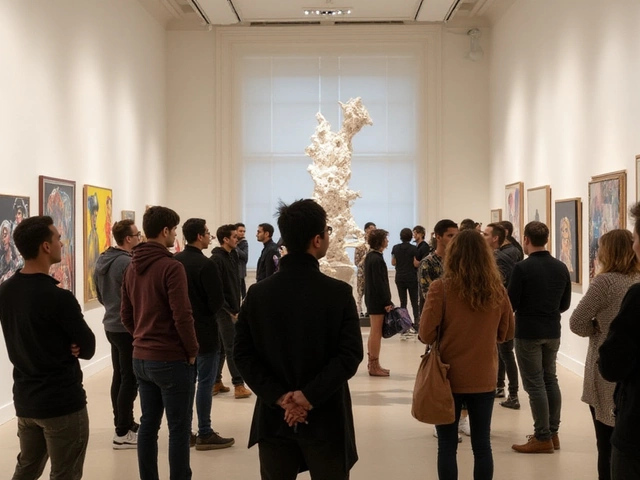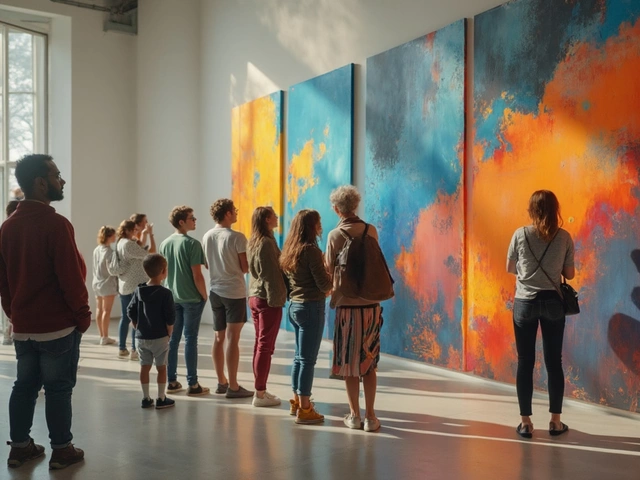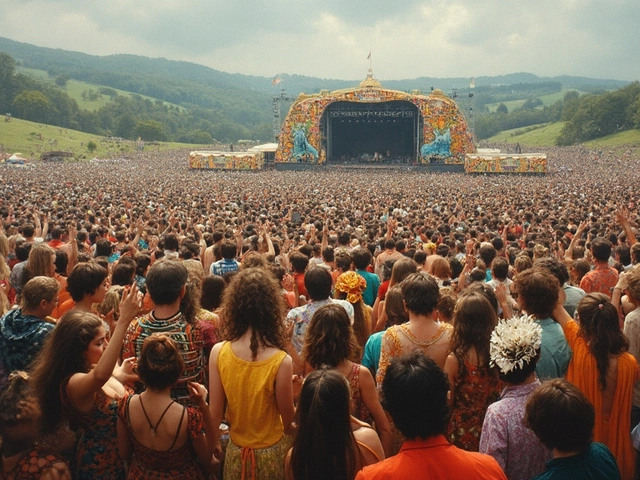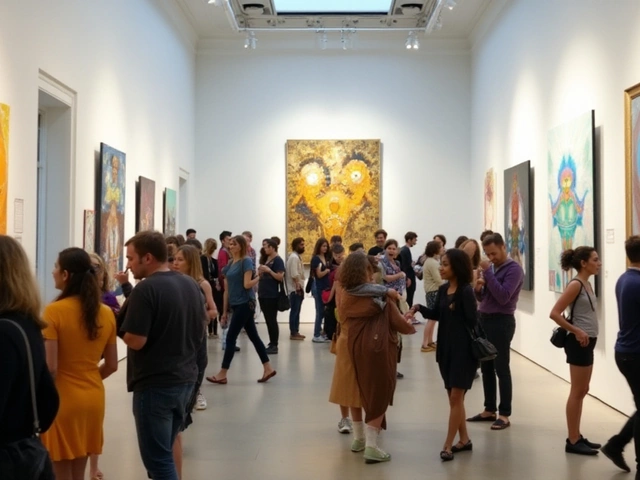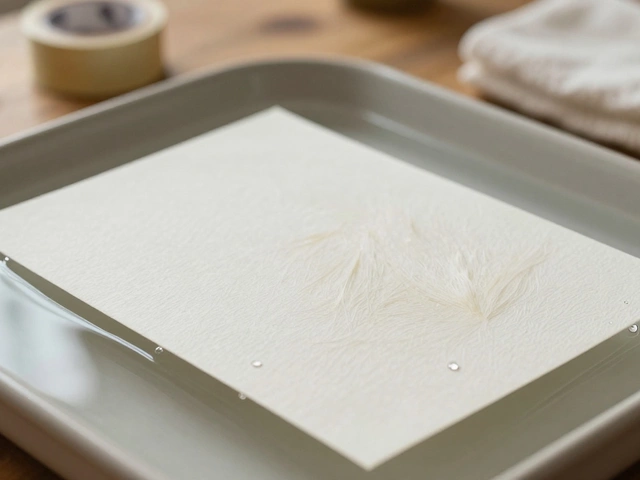Realistic Portrait Artist – Skills, Tools & Tips
When you think about a Realistic Portrait Artist, someone who creates highly detailed, lifelike representations of people using drawing or painting techniques. Also known as a lifelike portrait painter, this role blends artistic vision with scientific observation. A portrait painting, the practice of rendering a person’s likeness on canvas or other surfaces often serves as the core medium, while portrait drawing, quick, precise sketches that capture facial structure and expression provides the groundwork. Many artists also experiment with digital portraiture, using tablets and software to achieve photorealistic results. Below you’ll find how these elements connect and why they matter for anyone aiming to master lifelike portraiture.
Key Elements for Lifelike Portraits
First, realistic portrait artist work hinges on understanding anatomy. Knowing how bone structure, muscle groups, and skin surface interact lets you place features accurately and convey depth. Light is the second powerhouse: portrait lighting techniques such as Rembrandt, butterfly, or split lighting define form and mood. Mastery of value—how dark and light areas transition—helps you render three‑dimensional faces on a flat surface. Color mixing is the third pillar; mixing skin tones requires careful balance of reds, yellows, blues, and neutrals to avoid flat or overly saturated looks. Whether you’re using oils, acrylics, or digital brushes, a solid grasp of pigment behavior ensures realistic skin translucency and subtle undertones.
Tools matter, but they’re only as good as the artist’s practice. Oil paints remain a favorite for many portrait painters because of their slow drying time, which allows for smooth blending and fine detail work. Charcoal and graphite excel at rapid studies, helping artists lock in proportions before committing to color. Digital tablets, paired with software like Photoshop or Procreate, give instant feedback and the ability to experiment without waste. Regardless of medium, consistent sketching—daily gesture drawings, facial feature drills, and value studies—builds muscle memory and sharpens observation skills. Artists often compile reference libraries, using high‑resolution photographs to study lighting, texture, and expression across diverse subjects.
Beyond the studio, realistic portrait artists engage with the broader art community. Workshops, local exhibitions, and online forums provide feedback loops that refine technique and spark new ideas. Many artists share step‑by‑step processes, from initial thumbnail sketches to final varnish, helping beginners follow a clear roadmap. This collective knowledge fuels innovation, whether it’s integrating mixed media, exploring hyper‑realism, or adapting portraiture for commercial commissions. As you explore the articles below, expect practical tips on sketching inside galleries, turning paintings into digital prints, and mastering oil painting fundamentals—all tailored to elevate your portrait work.
Ready to dive deeper? The collection ahead covers everything from classic lighting setups to modern digital workflows, giving you actionable insights to sharpen your craft and create portraits that truly resonate.
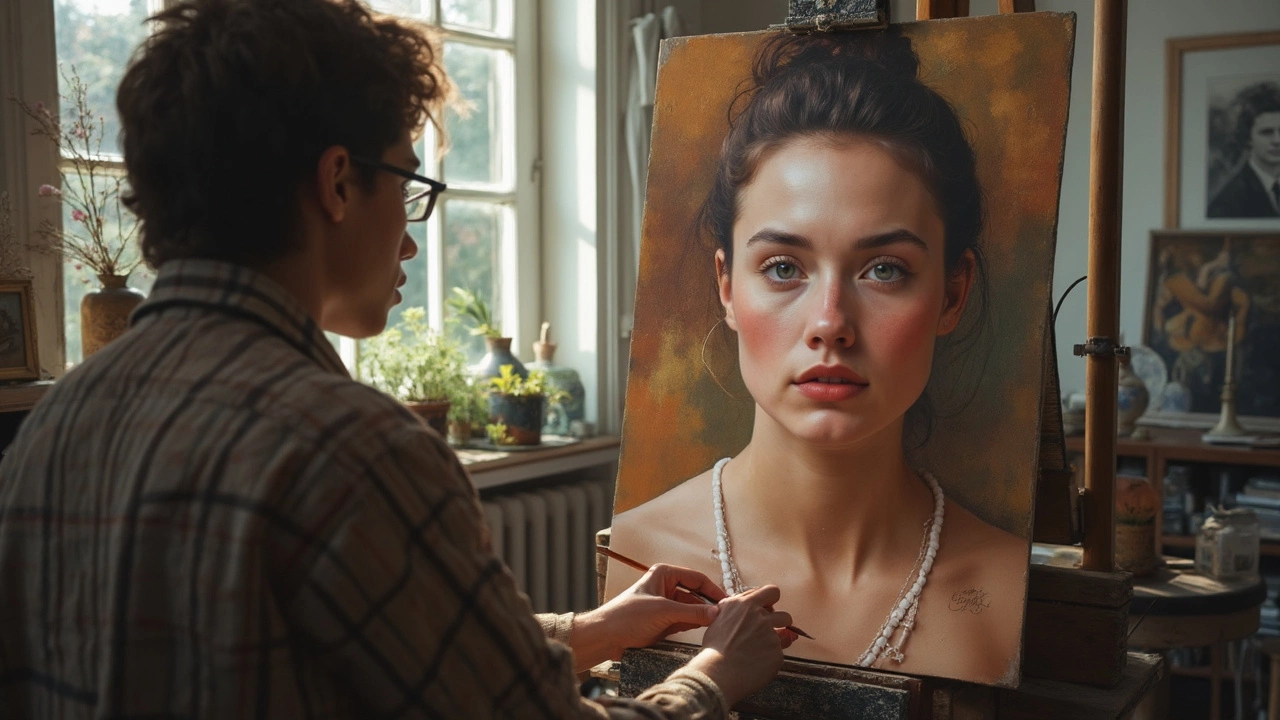
Explore the world's most realistic portrait artist and what makes hyperrealistic art so captivating. Dive into techniques, legends, curious facts, and what to look for in mind-blowing lifelike paintings.
